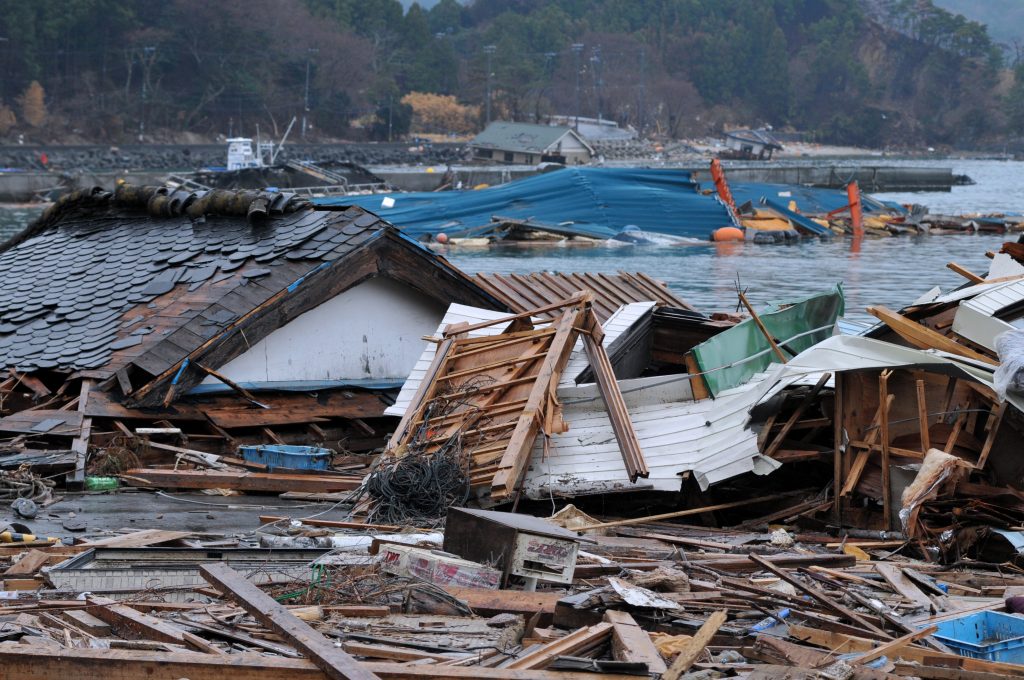
- ARAB NEWS
- 31 Jul 2025

TOKYO: The land ministry plans to create an additional 655 disaster shelter areas alongside expressways and other elevated highways across Japan to give local residents safe haven in times of tsunami and flooding.
Due to the increased severity and frequency of natural disasters, the ministry hopes to make good use of existing roads to address the shortage of refuge areas, officials said.
It plans to decide formally by the end of March where to set up such evacuation areas, aiming to complete related work by the end of fiscal 2025, the officials said.
Shelter areas will likely be constructed alongside 59 expressways as well as 596 roads under the state’s direct management with elevations in excess of expected heights of tsunami and flooding.
The central and local governments will work together to set up such areas. The ministry will call on municipalities to include such areas in regional disaster preparation plans and hazard maps so that local residents will be informed of the locations of the areas.
For elevated highways to be used for shelters, stairways or ramps need to be constructed to allow residents to reach the roads, while breakdown lanes have to be widened to give people space to stay.
As of July 2020, a total of 388 such refuge areas–166 by expressways and 222 by state-managed roads–were in place.
Under its five-year plan to accelerate efforts to prepare for disasters, reduce disaster damage and make the nation more resilient to disasters, which was adopted in December, the central government set out its policy of creating more such elevated evacuation areas.
The government plans to give financial aid to municipalities working to develop such areas with grants intended to finance disaster preparation measures.
Elevated highways first attracted strong attention as shelter areas in the aftermath of the March 2011 earthquake and tsunami, which devastated Pacific coastal areas in the Tohoku northeastern region.
Some residents in Kamaishi and Miyako, Iwate Prefecture, escaped tsunami by fleeing to Route 45, a national road.
Learning from this experience, the city government of Kamaishi designated sites alongside the road as emergency areas for evacuation in June 2016. Elementary and junior high schools near the areas conduct evacuation drills every year.
So far, the land ministry’s regional development bureaus and expressway operators have developed such refuge areas after holding talks separately with related municipalities.
After a series of damaging floods, however, the ministry saw a need to boost the number of such areas drastically.
In fiscal 2020, it started efforts to sort out locations that could host evacuation areas and listed 655 candidate sites.
JIJI Press